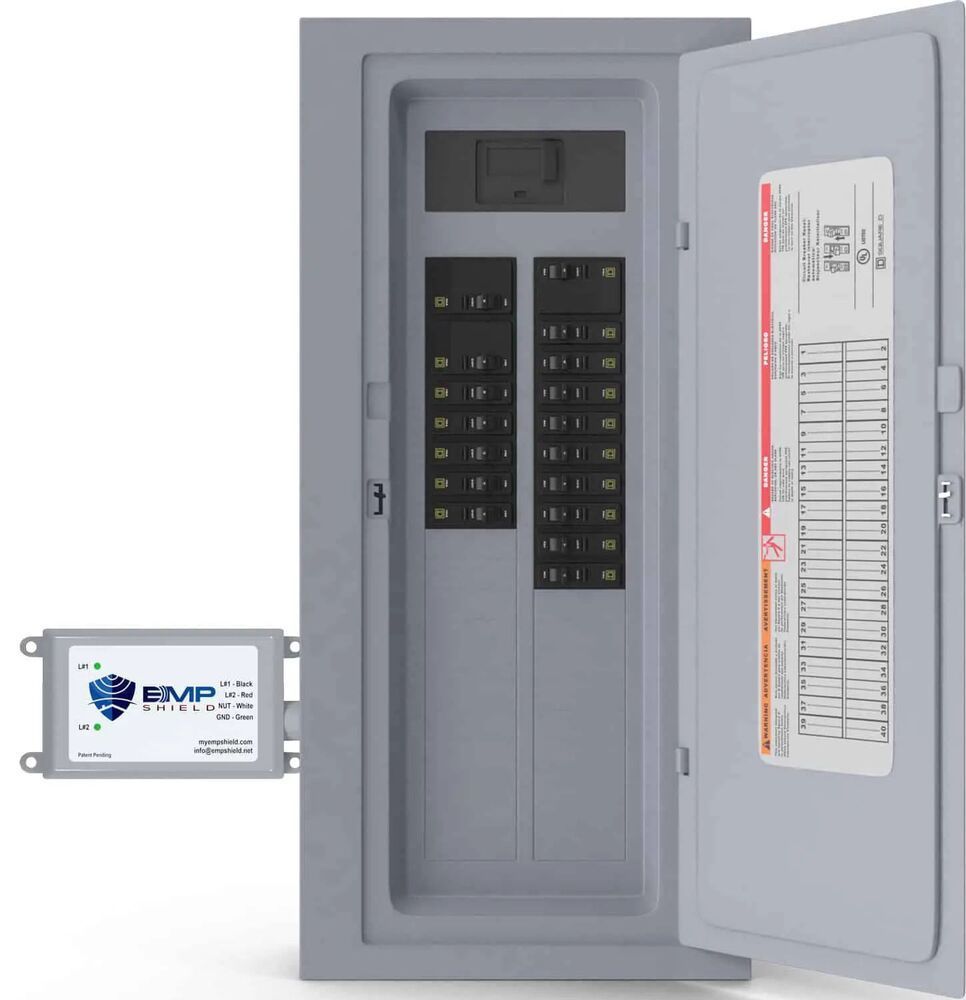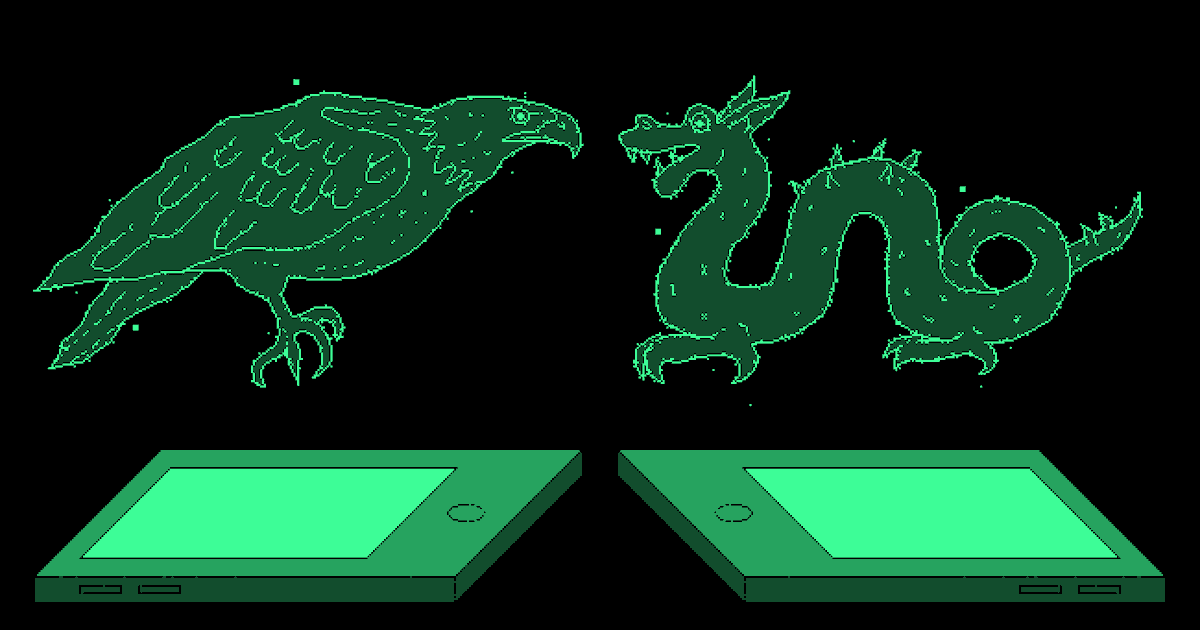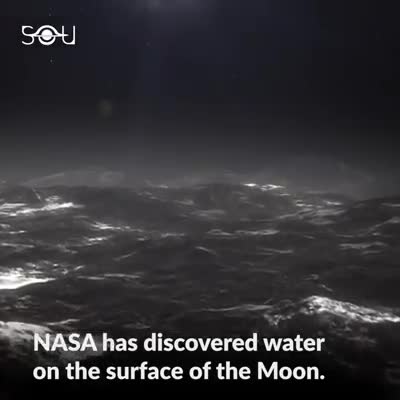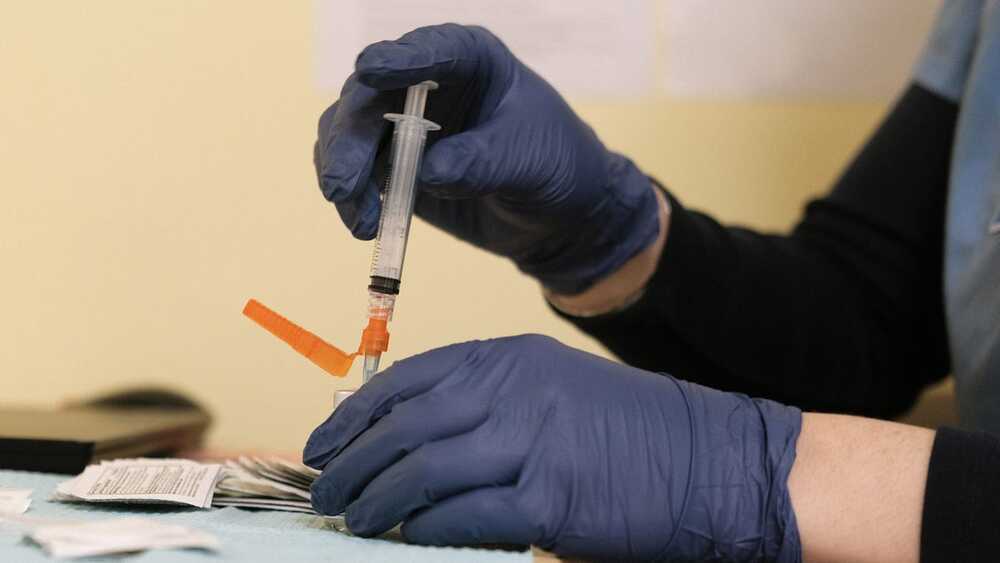A team of engineers has developed a new device that you can wear like a ring or bracelet and that harvests energy from your own body heat.
Get the latest international news and world events from around the world.
‘Farfarout’: Scientists find the solar system’s most distant planetoid
Pluto, the dwarf planet, resides around 3.1 billion miles from the Sun, while Farfarout is an incredible 12.2 billion miles from the Sun.


Electron refrigerator: Ultrafast cooling mechanism discovered in novel plasma
Researchers from the Cluster of Excellence “CUI: Advanced Imaging of Matter” have achieved a breakthrough—creating a completely new type of plasma by combining state-of-the-art technologies using ultrashort laser pulses and ultracold atomic gases. They report on a novel electron cooling mechanism occurring in such plasmas in the journal Nature Communications.
WHO: COVID-19 didn’t leak from a lab. Also WHO: Maybe it did
A World Health Organization mission to China to investigate the origins of COVID-19 reported earlier this week that it had ruled out the idea that the coronavirus pandemic could have sprung from a lab leak, but taken as a whole, the lab-leak theory remains a serious possibility; the World Health Organization’s investigative team will need to present any new evidence it used to rule out the theory when it releases its mission report.

EMP Shield EMP & Lightning Protection + CME Defense (SP-120–240-W)
Resume Video.
Shop Nowempshield.com
EMP Shield is the Worlds First entire home EMP protection device. The Shield also protects against, lightning, solar storms, power surges & smart meter fire.

Forget 5G, the U.S. and China Are Already Fighting for 6G Dominance
For companies and governments, the stakes couldn’t be higher. The first to develop and patent 6G will be the biggest winners in what some call the next industrial revolution. Though still at least a decade away from becoming reality, 6G — which could be up to 100 times faster than the peak speed of 5G — could deliver the kind of technology that’s long been the stuff of science fiction, from real-time holograms to flying taxis and internet-connected human bodies and brains.
Most of the world is yet to experience the benefits of a 5G network, but the geopolitical race for the next big thing in telecommunications technology is already heating up. For companies and governments, the stakes couldn’t be higher.


